How To Use A Transmission Electron Microscope ?
To use a transmission electron microscope (TEM), first, prepare a thin sample by cutting it into ultra-thin sections using a microtome. Then, mount the sample onto a TEM grid and allow it to dry. Next, load the grid into the TEM specimen holder and insert it into the microscope chamber.
Once inside the chamber, adjust the focus and alignment of the electron beam using the condenser lens and objective lens. Fine-tune the magnification and focus to obtain a clear image. To capture images, use a camera attached to the microscope or a digital imaging system.
During imaging, control the intensity and energy of the electron beam to prevent sample damage. Additionally, adjust the contrast and brightness settings to enhance the visibility of specific features. After capturing the desired images, analyze and interpret the results using appropriate software or techniques.
Remember to follow safety protocols and handle the TEM with care to avoid damaging the delicate components. Regular maintenance and cleaning are also essential to ensure optimal performance.
1、 Sample Preparation for Transmission Electron Microscopy
Sample preparation for transmission electron microscopy (TEM) is a crucial step in obtaining high-quality images and accurate analysis. Here is a general guide on how to prepare samples for TEM:
1. Fixation: Start by fixing the sample using chemical fixatives like glutaraldehyde or formaldehyde. This helps preserve the structure and prevent degradation during subsequent steps.
2. Dehydration: Gradually dehydrate the sample using a series of alcohol solutions, typically starting with lower concentrations and increasing to higher concentrations. This removes water from the sample, preventing shrinkage during the drying process.
3. Infiltration: Replace the alcohol with a resin, such as epoxy or acrylic, which will provide structural support to the sample during sectioning. The resin should be able to penetrate the sample completely.
4. Embedding: Embed the sample in a resin block, which will facilitate sectioning. The resin block should be cured to a hardened state.
5. Sectioning: Use an ultramicrotome to cut thin sections (typically 50-100 nm) from the resin-embedded sample. These sections should be collected on a TEM grid, usually made of copper or gold.
6. Staining: Staining the sections with heavy metals like uranyl acetate or lead citrate enhances contrast and improves visibility of cellular structures. This step is optional and depends on the specific requirements of the sample.
7. Drying: Allow the stained sections to dry completely before loading them into the TEM.
8. Imaging: Load the TEM grid into the transmission electron microscope and adjust the settings according to the sample and desired imaging parameters. Capture images at various magnifications and angles to obtain a comprehensive view of the sample.
It is important to note that sample preparation techniques may vary depending on the specific sample type and research objectives. Additionally, advancements in sample preparation techniques, such as cryo-TEM, have allowed for imaging of samples in their native hydrated state, providing valuable insights into dynamic biological processes.
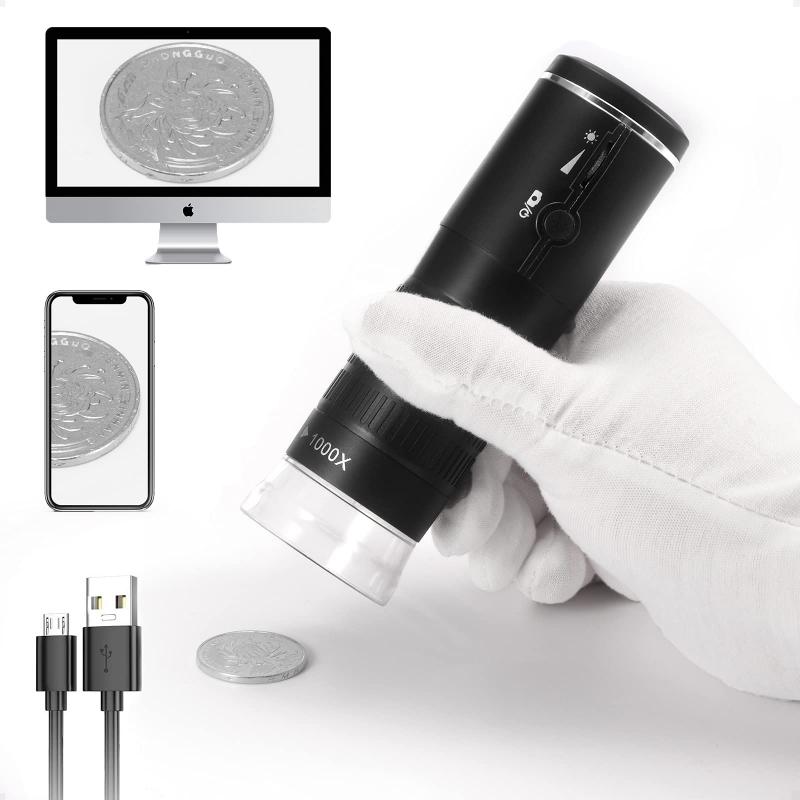
2、 Operating the Transmission Electron Microscope
Operating the Transmission Electron Microscope (TEM) requires a thorough understanding of its components and careful handling to obtain high-resolution images. Here is a step-by-step guide on how to use a Transmission Electron Microscope:
1. Sample Preparation: Start by preparing a thin sample, typically less than 100 nm thick, to allow electrons to pass through. This can be achieved by using a focused ion beam or ultramicrotome to slice the sample. The sample should be mounted on a TEM grid, which is a thin support film.
2. Loading the Sample: Open the TEM chamber and load the sample grid onto the sample holder. Ensure that the sample is properly aligned and secured to prevent movement during imaging.
3. Pumping Down: Close the TEM chamber and initiate the vacuum pumping system. The vacuum is necessary to prevent electron scattering and maintain a stable electron beam.
4. Electron Beam Alignment: Adjust the electron beam alignment using the condenser lens system. This ensures that the beam is focused and aligned with the sample.
5. Imaging Modes: Select the desired imaging mode, such as bright-field or dark-field imaging. Bright-field imaging provides contrast based on differences in electron scattering, while dark-field imaging enhances contrast from scattered electrons at specific angles.
6. Adjusting Parameters: Set the appropriate accelerating voltage, beam current, and aperture size based on the sample and desired resolution. Higher voltages provide greater penetration depth, while lower voltages enhance surface sensitivity.
7. Image Capture: Position the sample in the desired area and focus the electron beam. Capture images using a digital camera or a phosphor screen coupled to a CCD camera. Adjust exposure time and gain settings to optimize image quality.
8. Image Analysis: Analyze the acquired images using specialized software. Measure particle sizes, distances, and perform elemental analysis using energy-dispersive X-ray spectroscopy (EDS) if available.
9. Maintenance: After imaging, carefully remove the sample grid and clean the TEM chamber. Regularly clean the electron gun and lenses to maintain optimal performance.
It is important to note that the specific operating procedures may vary depending on the TEM model and manufacturer. Always refer to the instrument's user manual and seek guidance from experienced users or facility staff for the best results.

3、 Imaging Techniques in Transmission Electron Microscopy
To use a transmission electron microscope (TEM), one must follow a series of steps to ensure accurate and high-resolution imaging. Here is a general guide on how to use a TEM:
1. Sample Preparation: The sample needs to be prepared in a way that allows for thin sections to be examined under the microscope. This typically involves embedding the sample in resin, cutting ultra-thin sections using an ultramicrotome, and transferring them onto a TEM grid.
2. Loading the Sample: The TEM grid containing the sample is loaded into the TEM chamber. It is important to handle the grid carefully to avoid any damage or contamination.
3. Vacuum and Electron Beam Alignment: The TEM chamber is evacuated to create a high vacuum environment, which is necessary for electron beam propagation. The electron beam is then aligned using various lenses and apertures to ensure optimal focus and resolution.
4. Imaging: Once the sample is loaded and the electron beam is aligned, the imaging process can begin. The electron beam is directed onto the sample, and the resulting transmitted electrons are collected by a detector. The detector converts the transmitted electrons into an image, which is displayed on a monitor.
5. Adjusting Parameters: During imaging, various parameters can be adjusted to optimize the image quality. These include adjusting the electron beam intensity, accelerating voltage, and aperture size. Additionally, contrast and brightness can be adjusted to enhance specific features of interest.
6. Analysis: After obtaining the images, further analysis can be performed using specialized software. This may involve measuring particle sizes, analyzing crystal structures, or performing elemental analysis using energy-dispersive X-ray spectroscopy (EDS).
The latest advancements in TEM technology have led to improved resolution and imaging capabilities. For example, aberration correction techniques have significantly enhanced the resolution of TEM, allowing for atomic-scale imaging. Additionally, the development of in-situ TEM techniques enables the observation of dynamic processes in real-time, providing valuable insights into material behavior under different conditions.
Overall, the use of a transmission electron microscope requires careful sample preparation, precise instrument alignment, and parameter adjustments to obtain high-quality images. The continuous advancements in TEM technology continue to push the boundaries of what can be observed and analyzed at the nanoscale.
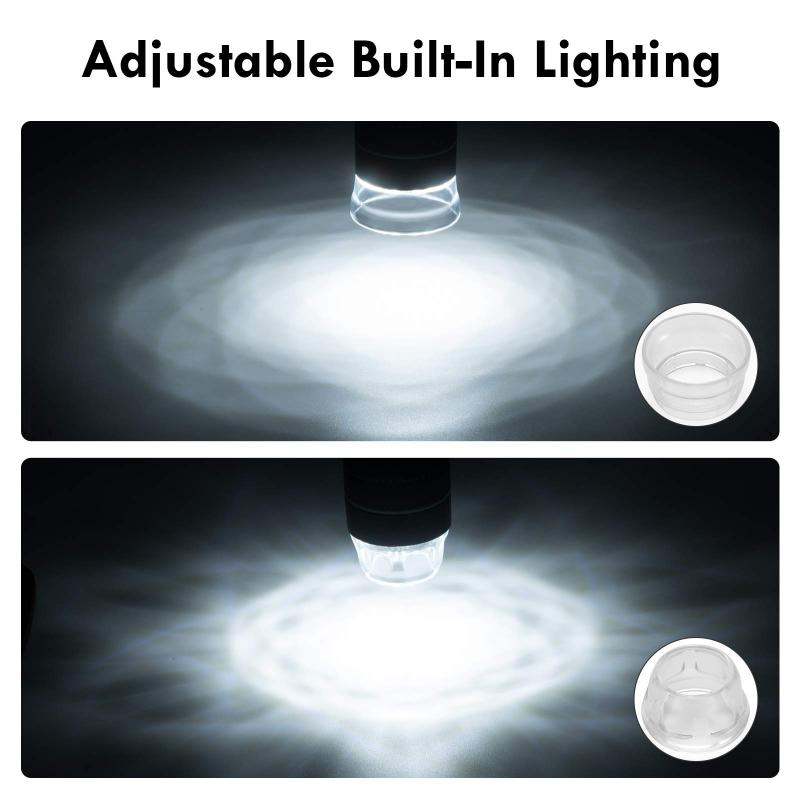
4、 Analytical Techniques in Transmission Electron Microscopy
To use a transmission electron microscope (TEM), one must follow a series of steps to ensure accurate and reliable results. Here is a general guide on how to use a TEM:
1. Sample Preparation: Start by preparing a thin sample, typically less than 100 nm thick, to allow electrons to pass through. This can be achieved through various techniques such as ultramicrotomy, ion milling, or focused ion beam (FIB) milling.
2. Loading the Sample: Carefully load the prepared sample onto a TEM grid, which is a small, thin, and flat support structure. The grid is then placed onto a sample holder, ensuring it is securely attached.
3. Instrument Setup: Before starting the TEM, ensure that the instrument is properly calibrated and aligned. This includes adjusting the electron beam, condenser lenses, and objective lenses to achieve optimal imaging conditions.
4. Vacuum and Electron Beam: Start by evacuating the TEM chamber to create a high vacuum environment. Once the vacuum is established, turn on the electron beam and adjust the beam intensity and focus to obtain a clear image.
5. Imaging Modes: TEM offers various imaging modes, including bright-field imaging, dark-field imaging, and high-resolution imaging. Select the appropriate mode based on the desired information and adjust the imaging parameters accordingly.
6. Image Capture: Use the built-in camera or digital imaging system to capture images or videos of the sample. Adjust the exposure time, magnification, and other settings to obtain the desired level of detail.
7. Analysis and Interpretation: Once the images are captured, analyze and interpret the results. This may involve measuring particle sizes, analyzing crystal structures, or identifying elemental compositions using techniques such as energy-dispersive X-ray spectroscopy (EDS) or electron energy loss spectroscopy (EELS).
It is important to note that the latest advancements in TEM technology have led to improved resolution, faster data acquisition, and the ability to study materials at the atomic scale. Additionally, techniques such as in-situ TEM and aberration-corrected TEM have expanded the capabilities of TEM, allowing for real-time observations of dynamic processes and higher spatial resolution, respectively. These advancements have further enhanced the analytical capabilities of TEM and opened up new avenues for scientific research and technological advancements.
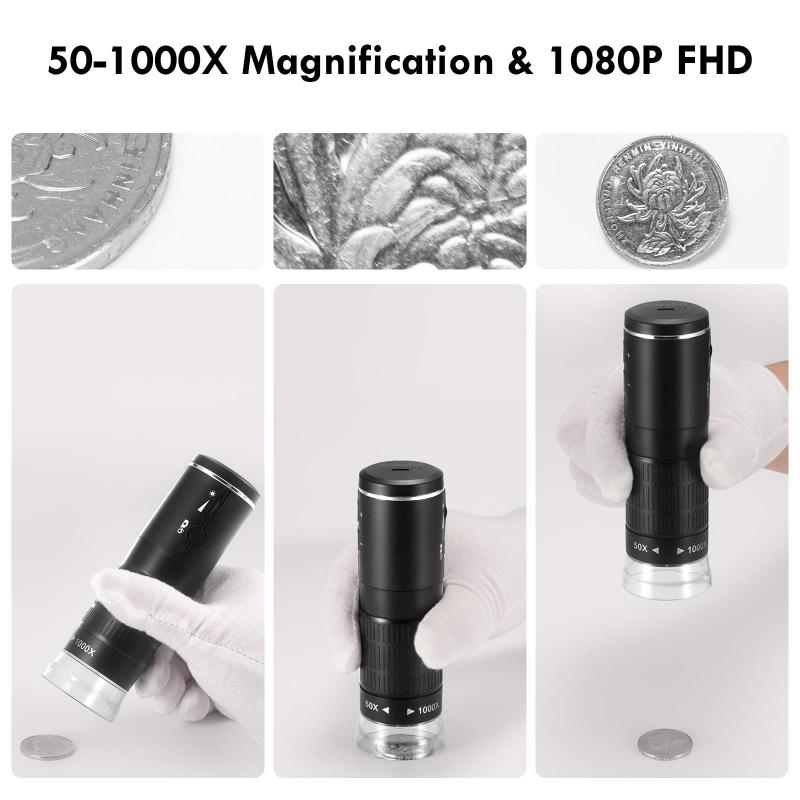



















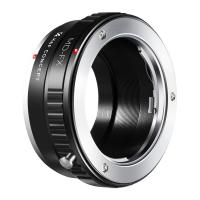
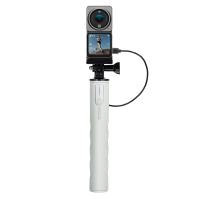
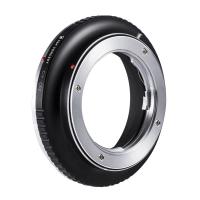

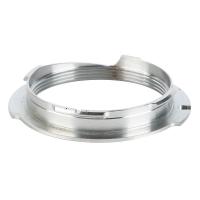


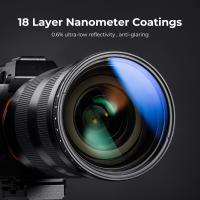
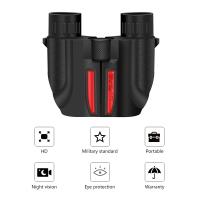
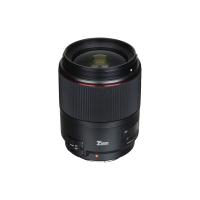
There are no comments for this blog.